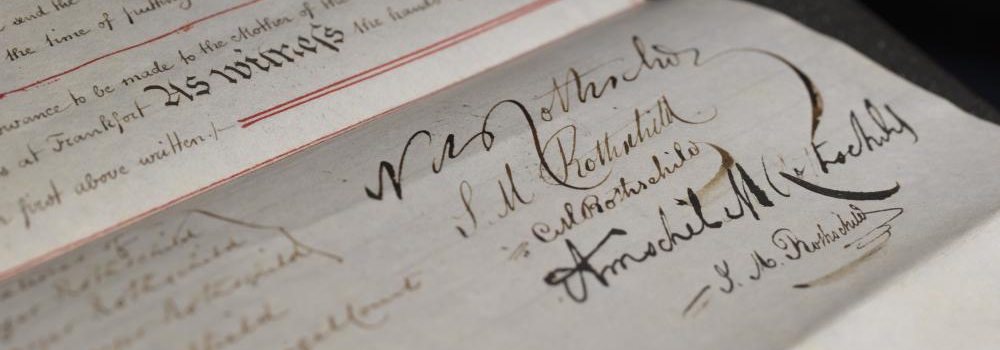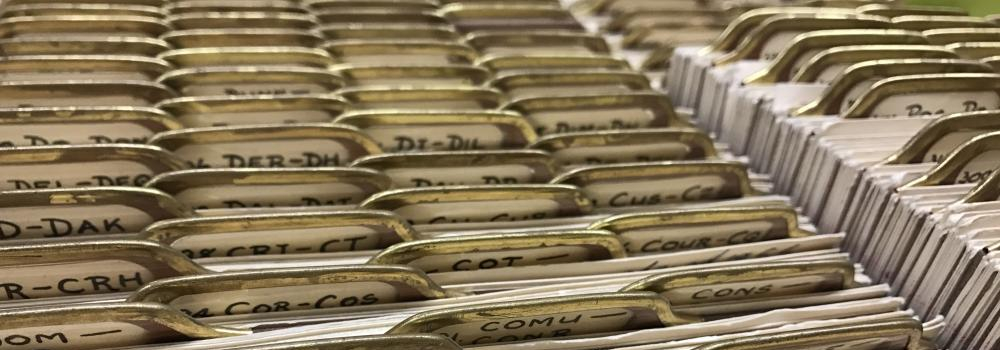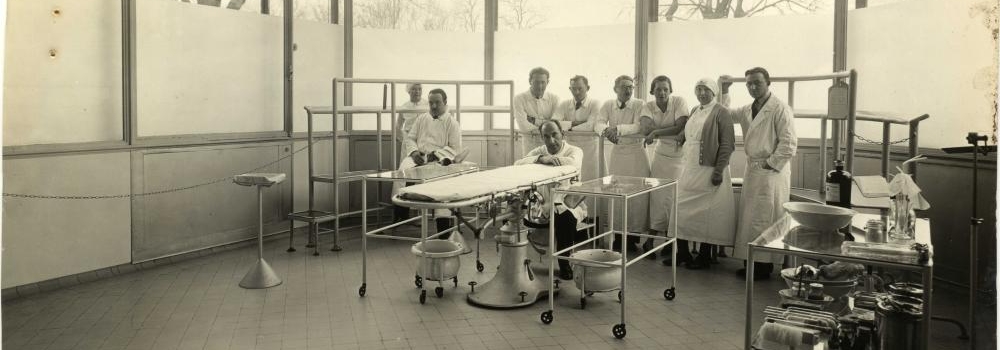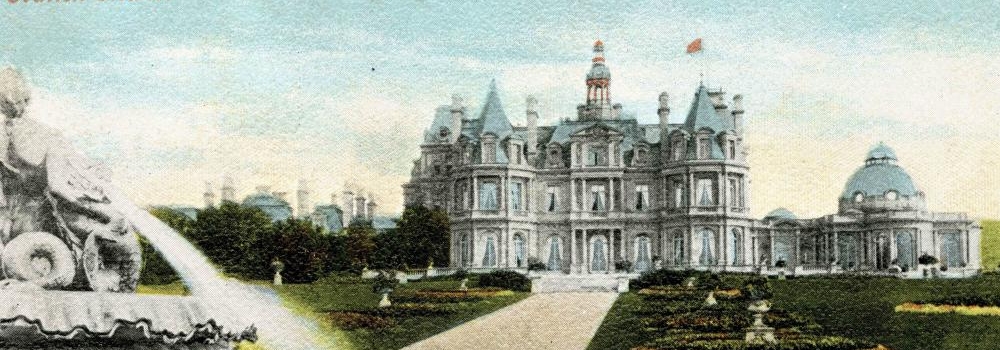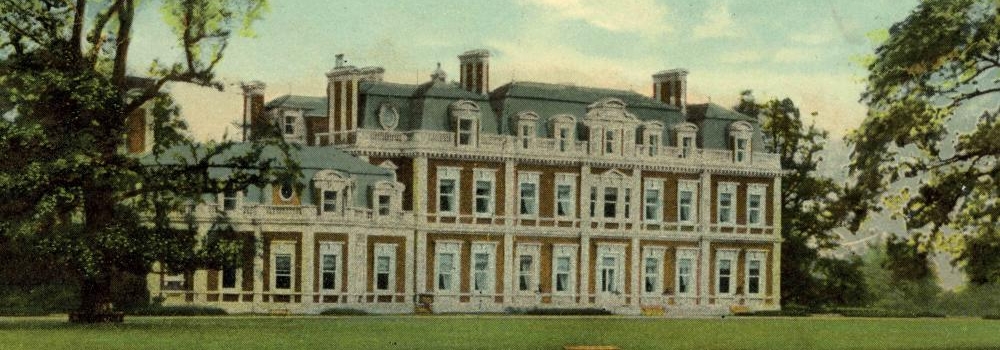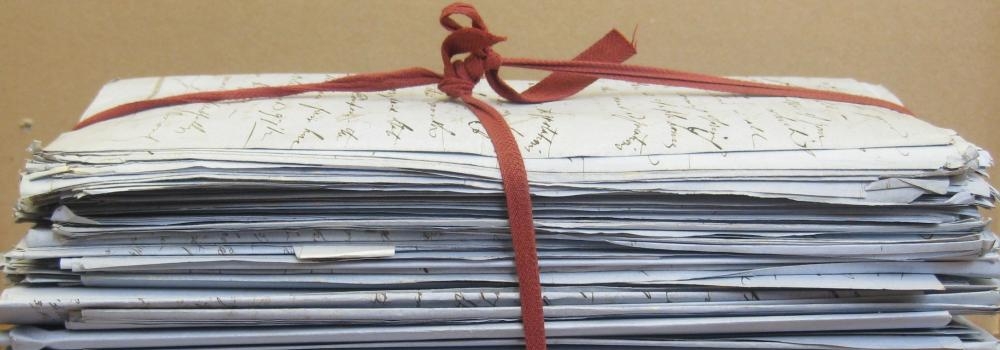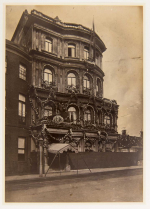As the United Kingdom looks forward to Her Majesty the Queen's Platinum Jubilee celebrations, we explore how a previous royal jubilee was celebrated by members of the Rothschild family.
Her Majesty Queen Elizabeth II has ruled for longer than any other monarch in British history. Her seventy years on the throne will be commemorated by a special extended bank holiday weekend in June 2022 which will provide an opportunity for communities throughout the United Kingdom to come together to celebrate this historic milestone. The Platinum Jubilee is the first of its kind, just as Queen Elizabeth’s great-great-great grandmother Queen Victoria’s Diamond Jubilee in 1897 was the first Diamond Jubilee celebration of any British monarch in history.
Queen Victoria and Queen Elizabeth: unexpected monarchs
When she was born on 24 May 1819, few people thought Princess Alexandrina Victoria would one day be queen. Her father, Prince Edward, was the fourth in line to succeed his father, the reigning King George III. In 1818, he wed Princess Victoria of Saxe-Coburg-Saalfeld, a widowed German princess with two children. Their only child, Victoria, was born the following year. In 1820, Prince Edward died, making Victoria fourth in line. Just days later, King George III died, to be succeeded by his son George IV. When he died in 1830, the next in line, Frederick, had already passed away, so the crown went to William, Victoria's youngest uncle. King William IV ruled until he died with no direct heirs in 1837, just days after Victoria, the heir-apparent, turned 18. She was crowned on 28 June 1838, reigning until her death, aged 82, in 1901.
Elizabeth Alexandra Mary of the House of Windsor was born in 1926 to the Duke and Duchess of York; her sister Princess Margaret Rose (1930-2002) was born four years later. When she was born, Elizabeth was third in line to her grandfather's throne, behind her father and his older brother, Edward, the Prince of Wales. When King George V, son of Edward VII, died in 1936, the crown went to Elizabeth's uncle Edward, but he abdicated in order to marry Wallis Simpson, a twice-divorced American. Elizabeth's father became King George VI. Upon his death in February 1952, Elizabeth succeeded him, becoming the first Queen since Victoria.
A Diamond Jubilee for Queen Victoria
Queen Victoria’s Diamond Jubilee was officially celebrated on 22 June 1897. The occasion was marked publicly by the ‘Festival of the British Empire’ proposed by the then Colonial Secretary Joseph Chamberlain, who promoted the idea of a global celebration fit for a monarch ruling over 450 million people. The day was declared a national bank holiday. The British Army and Royal Navy as well as troops from Canada, India, Africa and the South Pacific took part in the procession in London. At 11:15 a.m., a cannon was fired in Hyde Park to announce the monarch’s departure from Buckingham Palace. The Queen, along with Princess Helena and the Princess of Wales, took part in the parade in an open carriage from Buckingham Palace to St Paul's Cathedral, where a thanksgiving service took place. Seventeen other carriages carrying members of the royal family followed her.
London was a sea of colour with Union flags draped from house balconies, festoons of flowers and rainbows of bunting. Hundreds of thousands of people crowded the streets in anticipation of the royal parade. Vendors sold jubilee flags, mugs and souvenir programmes. The Queen’s subjects, many of whom had never known another monarch, cheered her along the entire route and broke into spontaneous verses of ‘God Save the Queen’, bursting with patriotic pride. After the service, the Queen toured a large area of London, the royal procession departing from Buckingham Palace, via Piccadilly, Pall Mall and The Strand on its way to St. Paul’s Cathedral; then via the Mansion House, down King William Street (passing close by to New Court) and across London Bridge and through South London, before returning over Westminster Bridge, past the Houses of Parliament and returning to the Palace. Later, when reflecting on the occasion Victoria said: “No-one ever, I believe, has met with such an ovation as was given to me, passing through those six miles of streets. The crowds were quite indescribable and their enthusiasm truly marvellous and deeply touching. The cheering was quite deafening and every face seemed to be filled with joy. I was much moved and gratified.” Thousands of people across the country took part in street feasts and parties. A chain of beacons was lit across the United Kingdom and the cheering and singing continued well into the night, no doubt aided by pubs remaining open until the special time of 2:30 a.m.! The celebrations lasted a fortnight and a garden party at Buckingham Palace and a state banquet were held to mark the occasion. Memorial fountains and towers were erected to mark the occasion across the world. Nottingham, Bradford and Hull were granted their city charter as part of the celebrations.
The Rothschilds celebrate the Diamond Jubilee
In the months before the celebrations Nathaniel, 1st Lord Rothschild (1840-1915) and his wife Emma (1844-1935) were busy with plans to invite their friends and acquaintances to watch the jubilee procession from their grand London house, No. 148 Piccadilly. The address had been home to the family since the early 1840s when Nathaniel’s father Baron Lionel (1808-1879) had moved his wife Charlotte (1819-1884) and infant daughter Leonora (1837-1911) to what was considered one of the very best locations in London, with no less than the Duke of Wellington for a neighbour. It was a convenient location for keeping abreast of social events and Royal life, being on the corner of Hyde Park and close to the Palace. Replies from politicians, authors, and social reformers to Lord and Lady Rothschild’s personal invitations to observe the Diamond Jubilee survive in the Archive. It must have been quite a gathering of minds.
Nathaniel and Emma were both sent a newly instituted British decoration, the Jubilee Medal. One side depicted Queen Victoria crowned and wearing a veil, with the words “VICTORIA D.G. REGINA ET IMPERATRIX F.D.” The reverse bore the words “IN COMMEMORATION OF THE 60TH YEAR OF THE REIGN OF QUEEN VICTORIA ·20 JUNE 1897” within a garland of roses, shamrock and thistles. The ribbon was garter blue with wide white stripes towards each edge. The medal was accompanied by a letter from Sir Fleetwood Edwards, Keeper of the Privy Purse, instructing the recipients how to wear the medals to commemorate the Diamond Jubilee; the decoration was to be worn on the left breast with other coronation and jubilee medals and ladies could wear the medal near their left shoulder with the ribbon tied in the form of a bow.
In return, the Rothschilds sent gifts to the monarch. A telegram was sent from Buckingham Palace to Lord and Lady Rothschild at 7.56pm on the night of the celebrations. The Queen wished to thank Emma, Lady Rothschild “warmly for the beautiful basket fitted with flowers” as well as her kind letter. No doubt the flowers would have come from the expert hands of a Rothschild gardener, possibly from Gunnersbury Park on the outskirts of London or further afield from the Rothschilds’ country estate at Tring, Hertfordshire. The Rothschild gardeners must have been tremendously busy cultivating the plants and flowers that would not only be sent a gift to the Queen herself, but also used to decorate the Rothschild properties for the celebrations. A photograph in the Archive shows the London home of Nathaniel’s brother, Leopold (1845-1917), heavily decorated in flower garlands, with a centre piece of a flower crown over the entrance; a sight that could not have been missed by the passing procession and crowds.
Rothschild & Co. sponsors of Superbloom
Continuing the tradition of Jubilee floral decoration, but interpreted for the modern age Rothschild & Co. is a sponsor of Superbloom, an immersive floral installation at the Tower of London in celebration of Her Majesty the Queen’s Platinum Jubilee. From over 20 million seeds sown in the moat in April, flowers will begin to bloom at the beginning of June, encircling the Tower with a vibrant field of flowers and creating a habitat for wildlife in the City of London. The Superbloom will evolve throughout the Summer, becoming a haven for pollinators and creating a stunning spectacle of changing colours and patterns, flowering until September. A marvel to be enjoyed by all!
000/924/8/1/3 Photograph of 5, Hamilton Place decorated for the Diamond Jubilee, 1897
000/2278/24/1 ‘Autograph’ letter collection of Emma, Lady Rothschild

